Knee Replacement Physio

Total Knee Replacement
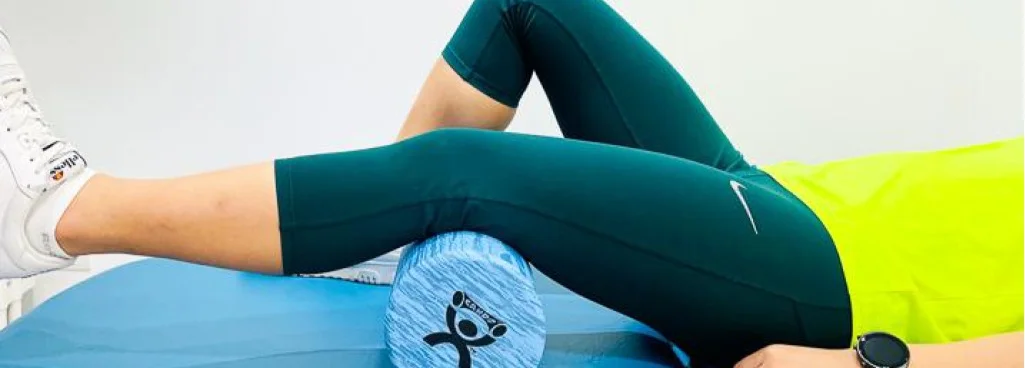
What is a Total Knee Replacement (TKR) surgery?
Why do I need a TKR surgery?
What is the expected recovery after a TKR surgery?
Like any other surgery, the expected recovery time after a TKR surgery is highly individualised. It is dependent on various factors such as:
1. Age
2. Pre-existing health conditions
3. Smoking habits
4. Pre-operative levels of function
Most patients can walk comfortably 6-8 weeks after surgery. However, full complete recovery may take about 4-12 months from the surgery.
After Operation
After your surgery, you may stay in the hospital for 1-5 days, depending on your progress. Your knee will initially feel weak and stiff and this is normal. The hospital team will monitor the blood circulation and leg swelling. Generally, physiotherapy will start the day after operation, and you will practise walking with a walking frame and transfer from the bed and chair safely.
Before you are discharged, you should be able to:
1. Achieve about 90˚ of active knee bending
2. Straighten your knee almost fully
3. Walk well with suitable aid
4. Perform bed and chair transfer safely
This will ensure that adequate function is achieved for your activities of daily living.
Once you return home, your rehabilitation journey continues on! Through Physiotherapy, you will be taught how to stimulate your muscles again, to encourage your muscles to ‘wake up’. There are various milestones to meet throughout your journey, and these will be taught to you. Physiotherapy also helps you regain good balance and walking patterns too. It is important for you to be diligent with your Home Exercise Program throughout the rehabilitation journey. Typically, the exercises should be done daily for a minimum of 3 months post-operation.
What exercises do I do after TKR?
A personalised exercise program will be designed by your Physiotherapist. To ensure the exercises are adequate, and done safely, your Physiotherapist will guide you through the program. Regular assessments will be conducted by the Physiotherapist along the way, and exercises will be adjusted accordingly, to tailor to your needs and abilities.
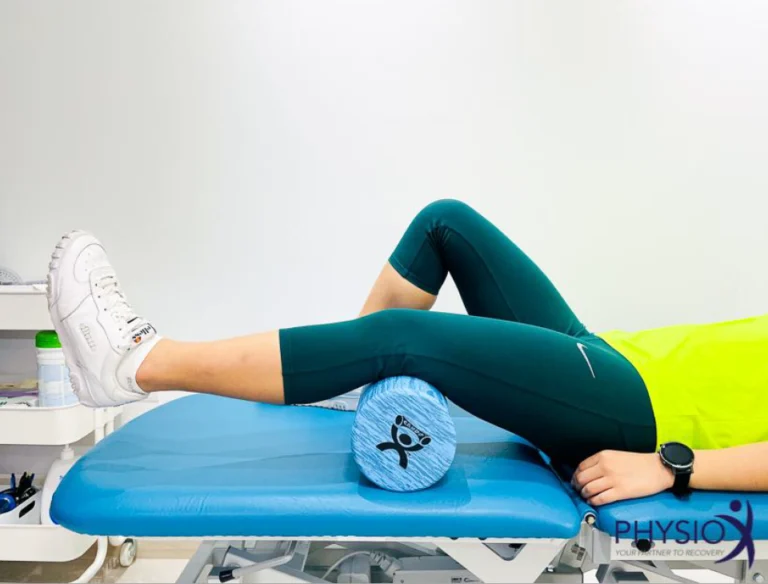
Quadriceps (thigh muscle) activation
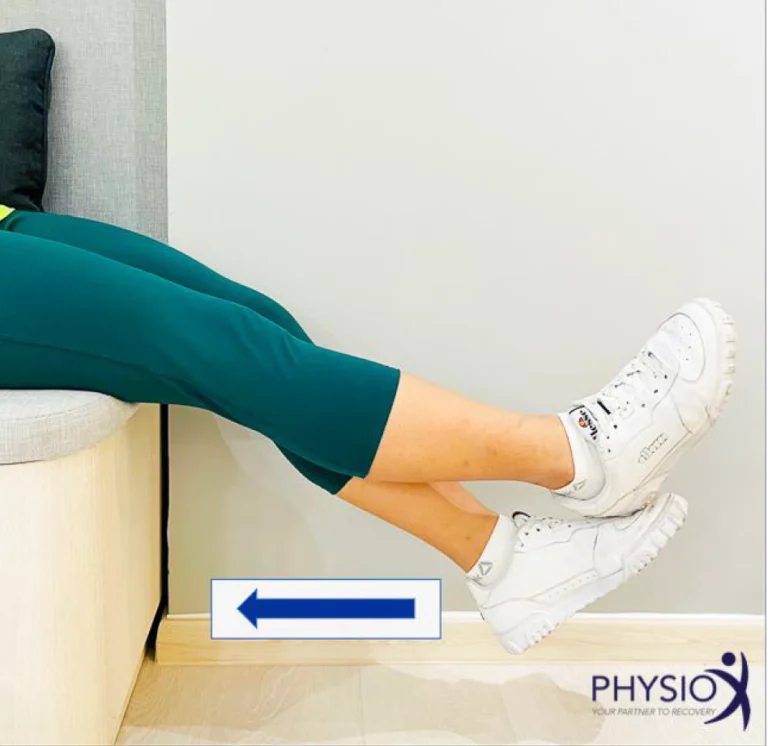
Assisted knee bends
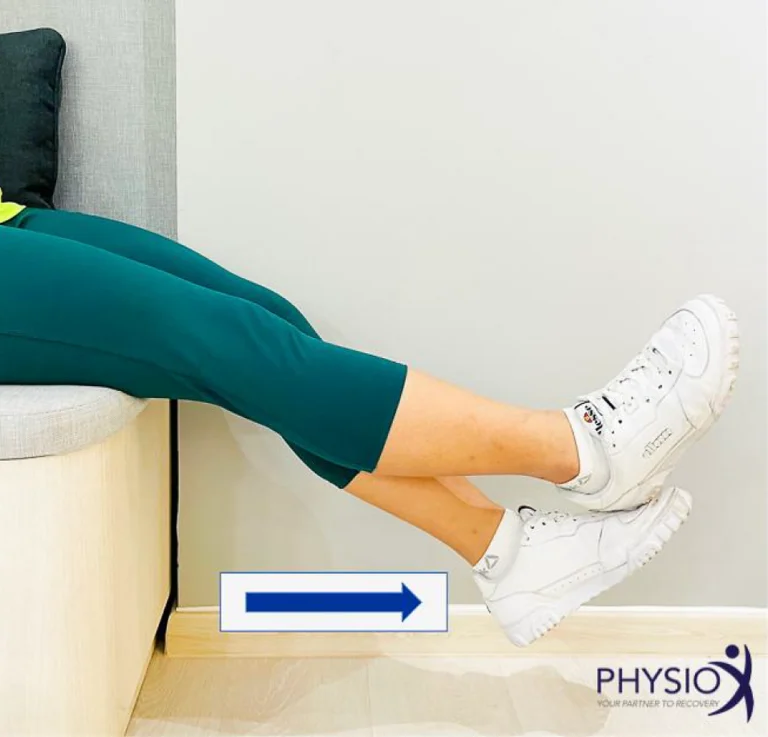
Assisted knee straightening
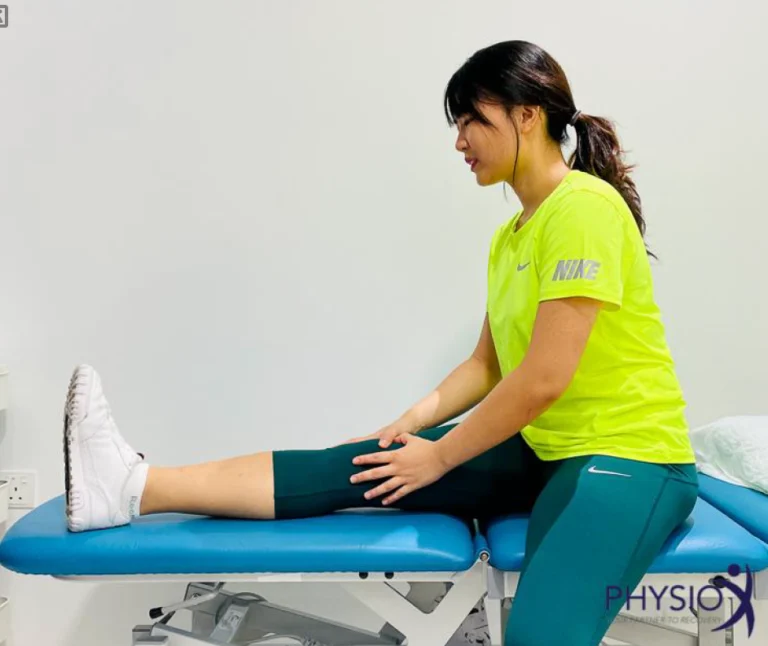
Hamstring stretches
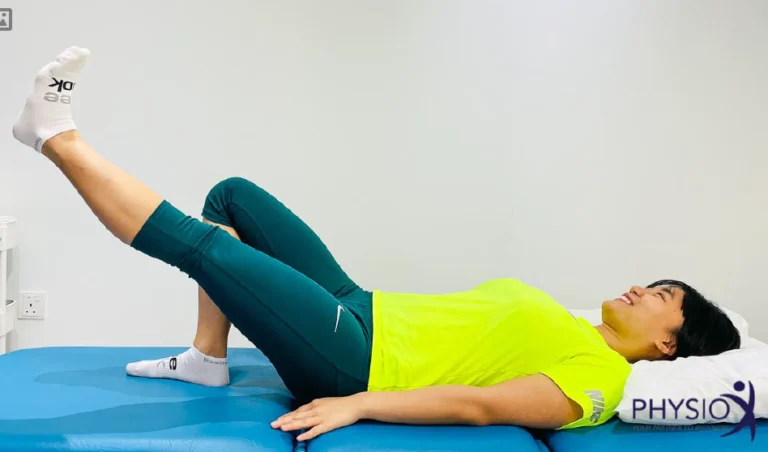
Straight leg raise
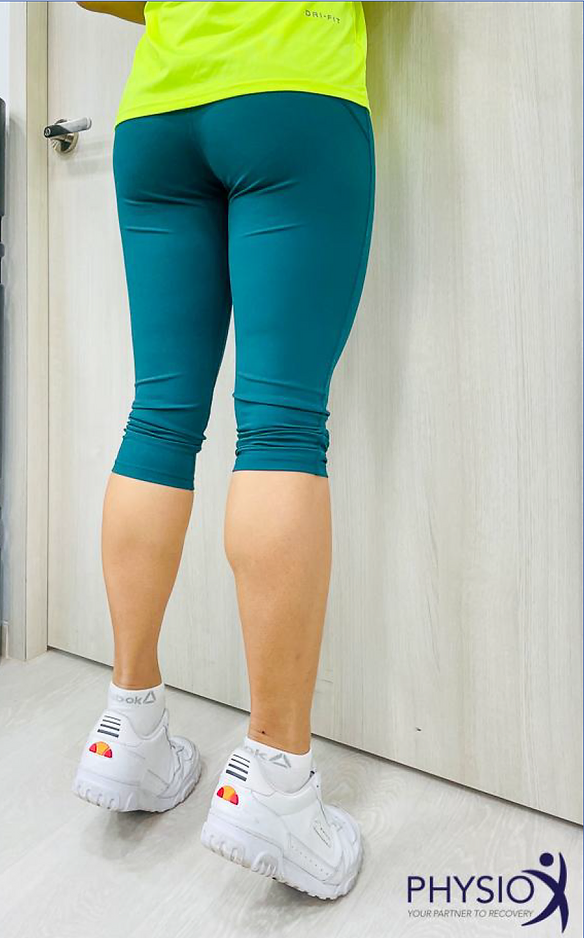
Double leg heel raise


